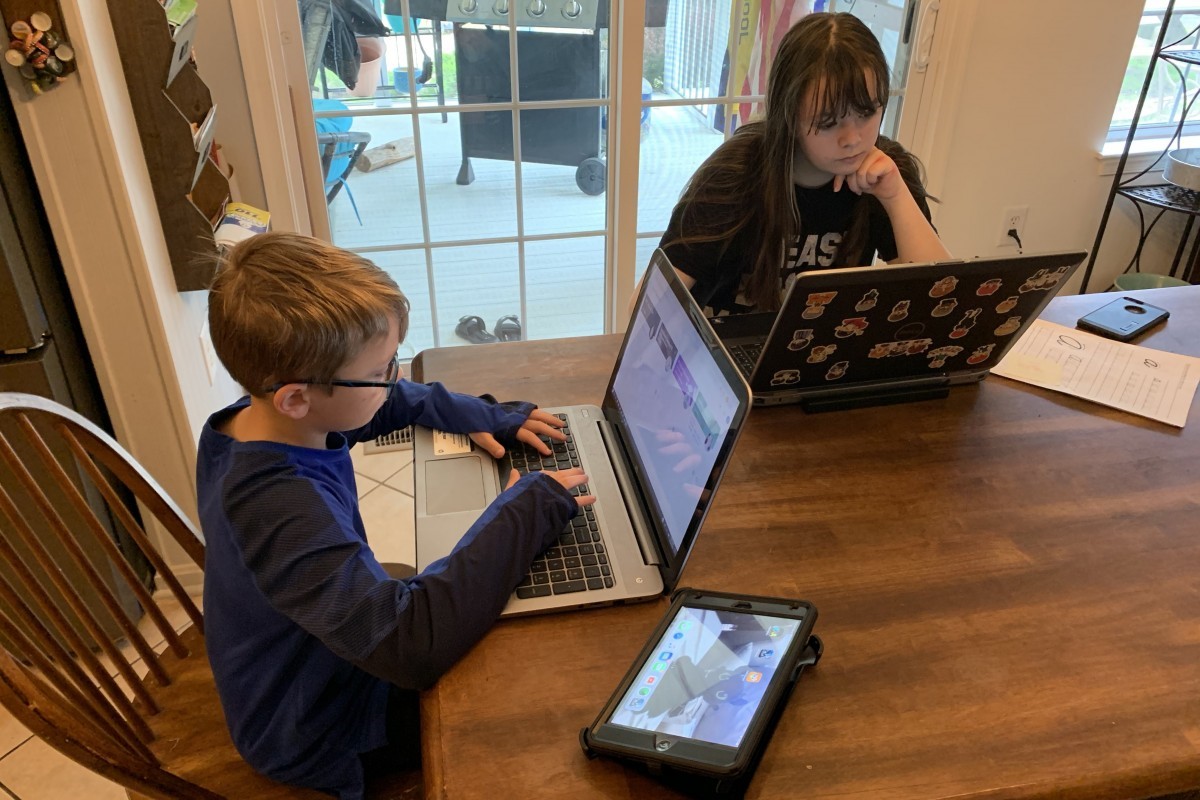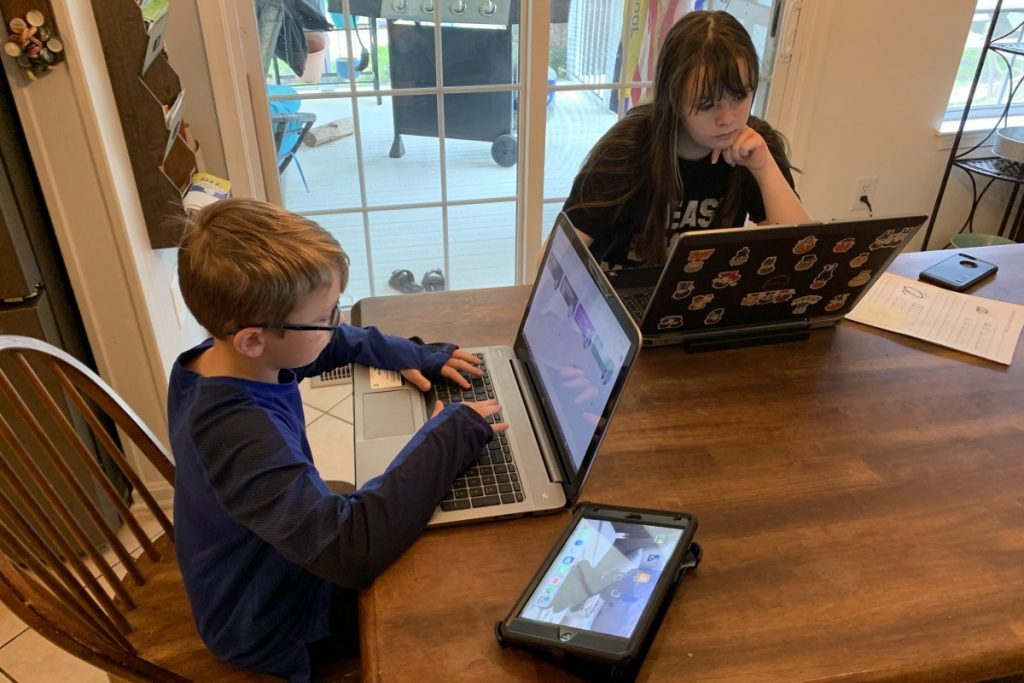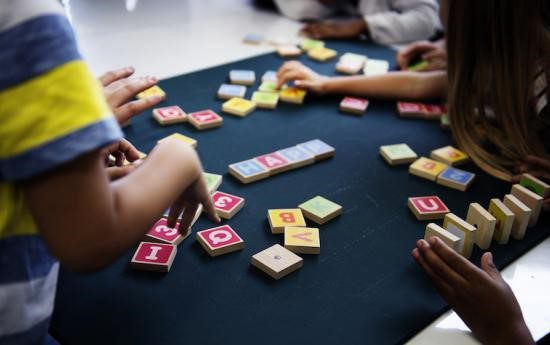This blog was written by Meenu Talasila, a recent graduate from the MPhil in Education, Globalisation and International Development program at the Faculty of Education, University of Cambridge. She is currently working with an upcoming Waldorf-inspired school in India to set up the operations and provide a strategic plan in response to the COVID-19 situation. This blog is part of a series from the REAL Centre reflecting on the impacts of the current COVID-19 pandemic on research work on international education and development.
School closures during the COVID-19 pandemic have resulted in multitude educational disruptions and consequences on learning and well-being of children. As of the first week of July 2020, over 100 countries continue to keep schools closed and ministries of education are navigating through this crisis by initiating and developing the use of technology for creating remote learning opportunities. This shift away from the physical classroom spaces has resulted in an increased reliance on digital platforms for online learning by schools and communities with adequate access to resources. As a result, students are spending more time online using chat services, instant messaging, social media and audio/video enabled calls to attend virtual classes and collaborate with peers for educational purposes. Though these options prove to be alternative means of learning and interaction during this period of uncertainty, children are now more than ever at the risk of experiencing cyberbullying in the perils of online learning.
There are no formal reports and numbers on the incidence of cyberbullying during the months of March to July 2020, when online learning has been distinctively on the rise. However, according to a UNICEF poll in 2019, prior to the pandemic, one in three young people in 30 countries reported being a victim of online bullying. Given the increase in the number of hours being spent by children on social media and digital platforms for personal as well as learning purposes, the potentiality of higher rates of cyberbullying is implicit and inevitable in the shadows of online learning during COVID-19. Subsequently, in the circumstances of this threat, an additional responsibility falls upon schools, teachers and parents/caregivers to support and ensure online safety of the children.
Cyberbullying – Nature and impact
Cyberbullying is defined as, ‘An aggressive, intentional act carried out by a group or individual, using electronic forms of contact, repeatedly and over time against a victim who cannot easily defend himself or herself’ (Smith, 2008). It is carried out by the use of mobile phones and the internet and can occur via texts, calls, video clips, email, instant messaging, social networking or chat rooms.
The experiences of cyberbullying can have adverse effects, either short-term or long-term, for both the victims as well as perpetrators. The impact on those who get bullied may include loss of self-esteem, depression, suicidal tendency, health problems, and reduced academic performance whereas those who bully may develop an abusive/anti-social pattern of behaviour (Smith, Bauman, and Wong, 2019). In consideration of this disposition, provisions and measures to look out and appropriately respond to cyberbullying among children is crucial.
Recommended actions for stakeholders
UNICEF, together with its partners, released a technical note in April 2020 to provide recommendations to stakeholders on how to ensure support and safety for children. In addition to this, several policy guidelines, online services, toolkits and resources are also made accessible for users to adopt and counter the threats of cyberbullying. For example, UNESCO, New Delhi, in collaboration with NCERT in India, released an information booklet on safe online learning; eSafety Commissioner in Australia developed a toolkit for schools; and Cyberbullying Research Center provides information and resources for educators and parents. Some of the recommended actions to mitigate risk of cyberbullying for children during COVID-19 include:
- Schools: Updating the safeguarding policies, communicating the code of conduct and increasing the access to online counselling services stand out to be preliminary steps that schools need to undertake during this period of online learning. It is crucial that students are made aware of the decorum for virtual classrooms like wearing appropriate clothing, not connecting on video calls from bedrooms, having respectful conversations with peers and reporting of mis-behaviour. Schools should also ensure digital security and monitoring of the platforms used for conducting classes. They should encourage password protected access for sessions and provide additional support to teachers for specifically monitoring good online behaviour during the interactions among students.
- Teachers: Setting behavioural expectations, establishing disciplinary consequences, maintaining connection with students individually and closely monitoring the online interactions are some of the tasks that teachers need to integrate into their practice during online learning. Similar to the ground rules that are conveyed by teachers in real-life classrooms, expectations for virtual classroom interaction should also be clearly stated. Students should be made aware of the guidelines for online interaction, like being respectful to each other and watchful of harmful behaviour. Furthermore, it is also important to set forth the implications for violation of the rules such as impact on the grading or administrative action. Another significant step to be undertaken by teachers is to keep close tabs on the discussion groups, chat rooms or online meetings related to the classes. Teachers need to also build relationships with their students and gain their confidence to be informed and receive reports of any instances of cyberbullying.
- Parents/caregivers: Establishing rules for use of the internet, discussing openly about the online risks and being alert to signs of cyberbullying are some of the ways in which parents/caregivers can keep their children safe and provide support. Guiding the children on how, when and where to use learning platforms and social media while at home helps in curbing the risk of cyberbullying. Parents/caregivers should set limitations on screen time and ensure that they are aware of the online classes schedule. Tools like parental controls are crucial in the case of younger children but in the case of teenagers, parents/caregivers need to connect and encourage their children to be open about their online activity.
- Services and support: Enforcing existing regulations on cyberbullying, raising awareness on child protection services and strengthening the local reporting mechanisms stand out to be the immediate measures for providing support during COVID-19. Governments, social service providers and local bodies should complement this transition to online learning by informing children, parents, teachers and schools about threats of cyberbullying through different media channels. They should also raise awareness on the available support for children in distress, like national helplines, local hotlines and support groups.
The pandemic has challenged and disrupted education across the world, unraveling new alternatives and practices for all stakeholders. As schools stand at the crossroads of making a decision about reopening, many are considering online learning as the more feasible option for the foreseeable future. Though online learning is adopted to continue learning for students and minimise the learning loss, the risk of cyberbullying persists as a threat now more than ever and needs to be countered appropriately.







Helpful to all the stakeholders in the field of education during this period of Covid19.
Parents be cautious about cyberbullying
Very nice presentation
Thank you for your comment. Glad that you find this to be helpful and relevant for all stakeholders in education.
Hello, I got very important information on E learning from your blog and so that I would like to say you thank you for it. Keep it up and write more on topic like this. Thank you very much.